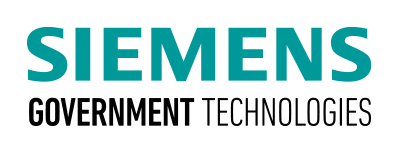Transforming complexity into synergy
As government and defense agencies move into a more complex and demanding future, digitally driven product lifecycle management (PLM) solutions will become vital, enterprise-wide platforms to simplify, streamline, and organize operations. PLM encourages more innovative use of available information, ensuring the mission, requirements, and architecture are visible and traceable throughout the downstream lifecycle. This helps to enable the speed and flexibility required to continuously adapt to the changing priorities and conditions of defense agencies
Accelerate development and delivery of innovative capabilities with product lifecycle management (PLM) solutions
Learn more about how the Department of Defense is leveraging Siemens Government Technologies’ innovative digitalization and product lifecycle management (PLM) solutions.
Learn more
Back to Articles
References
1. “Navy Maintenance: Persistent and Substantial Ship and Submarine Maintenance Delays Hinder Efforts to Rebuild Readiness.” US Government Accountability Office, 14 Dec. 2019, www.gao.gov/products/gao-20-257t.
2. Exhibit P-40, “Budget Line Item Justification: PB 2021 Army,” P-1 Line Item Number 2944G80819 / Armored Multi Purpose Vehicle (AMPV), in U.S. Department of the Army, Department of Defense Fiscal Year (FY) 2021 Budget Estimates, Army: Justification Book of Procurement of W&TCV, Army, February 2020, pp. 2–3, https://www.asafm.army.mil/Portals/72/Documents/BudgetMaterial/2021/Base%20Budget/Procurement/WTCV_FY_2021_PB_Procurement_of_Weapons_and_Tracked_Combat_Vehicles.pdf
3. U.S. DEPARTMENT OF DEFENSE. “The Department of Defense Announces Its Digital Engineering Strategy.” U.S. DEPARTMENT OF DEFENSE, 5 July 2018, www.defense.gov/Newsroom/Releases/Release/Article/1567723/the-department-of-defense-announces-its-digital-engineering-strategy.
